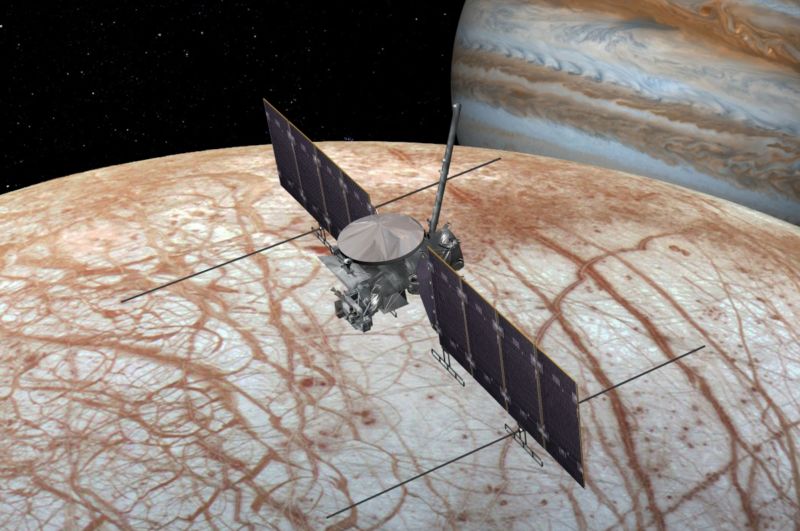The ambitious Europa Clipper has cleared an important step toward flight
Ars Technica » Scientific Method 2019-08-20

Enlarge / This is an earlier design of the Europa Clipper spacecraft. (credit: NASA)
NASA has given its ambitious Europa Clipper mission a green light to proceed into final design and then into construction of the spacecraft. The multibillion-dollar mission remains on target for a launch in 2023 or 2025, the agency said.
Each of NASA's major programs must follow a complicated "lifecycle," in which different phases of development—from formulation of the project idea through launch—are gated by required approvals. This is part of NASA's effort to ensure that programs are developed to certain standards. In this case, the Europa mission has passed what is known as "Key Decision Point-C," the stage at which programs undergo a rigorous review and move from preliminary into final design. Then the construction of spacecraft components begins.
NASA has never sent a dedicated mission to a moon in the Solar System other than Earth's own Moon. But Jupiter's Europa satellite is special, with what scientists believe to be a vast ocean beneath its icy shell capable of harboring life. The large, capable Europa Clipper spacecraft is due to make more than 40 flybys of the moon to better characterize the ice, its thickness, and the ocean below.